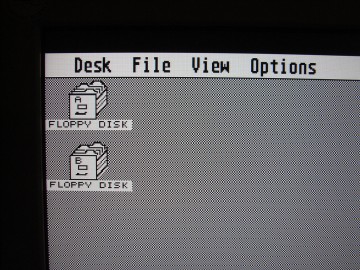
EIZO FlexScan L565 17"


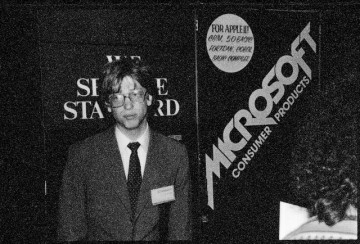
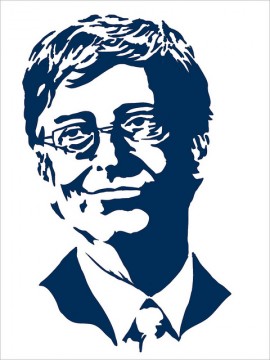
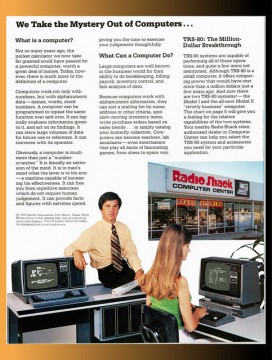
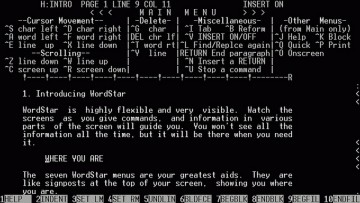

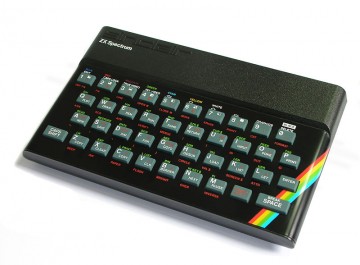
Der Altair 8800 war einer der ersten Heimcomputer. 1974 wurde der Computer von Ed Roberts und seinem Unternehmen Micro Instrumentation and Telemetry Systems (MITS) entwickelt und ab 1975 für 495 US-$ als Bausatz mittels Anzeigen in Popular Electronics, Radio-Electronics und anderen Hobbyistenzeitschriften auf den Markt gebracht, das Fertiggerät kostete 750 $.
MicroBee (Micro Bee) war eine Marke für eine Reihe von Heimcomputern der Firma Applied Technology, die sich später in den Namen MicroBee Systems umbenannte.
Spectravideo oder Spectravideo international (abgekürzte Schreibweise: SVI) war ein US-amerikanischer Vertreiber von Videospielen und Hersteller von Heimcomputer und Heimcomputerzubehör.
Heimcomputer war eine in den 1980er-Jahren gebräuchliche Bezeichnung für Computer, die vor allem in Privathaushalten genutzt wurden.
Die Canon Cat ist ein 1987 von Jef Raskin bei Canon entwickeltes, elektronisches Schreibsystem.